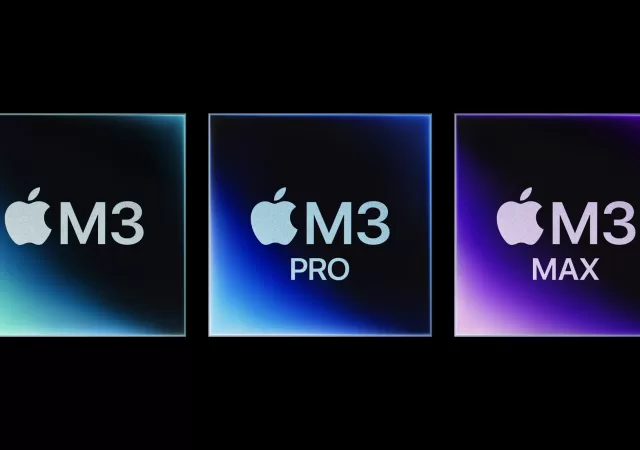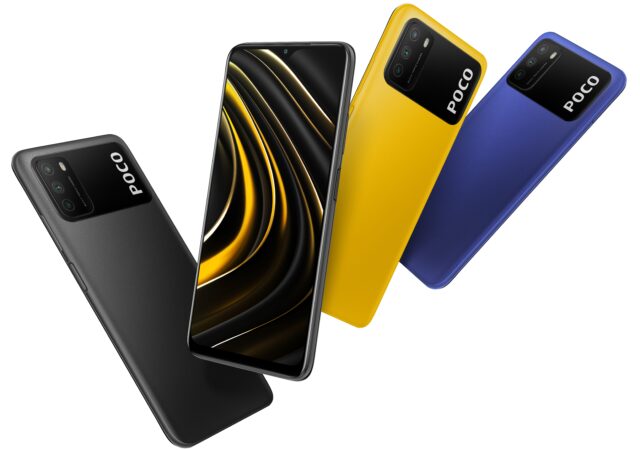Apple’s “Scary Fast” event brought us a family of new processors that up the ante when it comes to performance. The new M3 series of processors, consisting of the M3, M3 Pro and the M3 Max, bring along a bevvy…
POCO Launches the M3 – Paying for More than You Expectry Level Smartphone
POCO just launched their POCO M3 entry-level device with prices starting from MYR 599. Available 27th November 2020.




